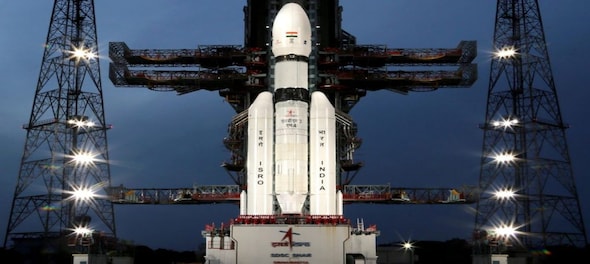
The Indian Space Research Organisation (ISRO) is all set to embark on its next lunar mission, Chandrayaan-4. Unlike its predecessor Chandrayaan-3, Chandrayaan-4 will be launched in two separate phases, utilising both the Geosynchronous Satellite Launch Vehicle Mark III (GSLV Mk III) and the Polar Satellite Launch Vehicle (PSLV). This mission is poised to achieve a significant milestone by not only landing on the Moon but also returning rocks and soil samples (lunar regolith) to Earth.
Chandrayaan-3 featured three main components: a lander, a rover, and a propulsion module. However, Chandrayaan-4, as outlined by ISRO chief S Somnath at the National Space Science Symposium, will be more intricate, comprising five spacecraft modules, each playing a specific role to guarantee the mission’s success.
These modules include the Propulsion Module, Descender Module, Ascender Module, Transfer Module, and Re-entry Module.
The Propulsion Module will guide Chandrayaan-4 in lunar orbit before separating, while the Descender Module will facilitate the lunar landing, similar to the Vikram lander on Chandrayaan-3.
The Ascender Module will detach from the lander and start its return trip to Earth after samples have been gathered and stored. The Transfer Module will grab the Ascender Module and guide it out of lunar orbit, journeying back to Earth before detaching the capsule containing the rock and soil samples.
The lunar regolith will be transported by the Re-entry Module when it returns from the moon and lands on Earth.
The five components of Chandrayaan-4 will not be launched together, as per S Somnath. The GSLV Mk III will launch with three components, including the Propulsion Module, Descender Module, and Ascender Module. A PSLV will be used for the launch of the Transfer Module and the Re-entry Module.
This dual-launch approach marks a significant advancement in India’s space exploration capabilities, as it is the first mission involving two launch vehicles aimed at completing a single mission.
Earlier, Dr Nilesh Desai of ISRO’s Space Applications Centre (SAC) informed India Today that Chandrayaan-4, also known as the LUPEX mission, is scheduled to launch in 2028.
The Indian space agency also has plans to send Indian astronauts to the Moon by 2040. Nilesh Desai highlighted the agency’s long-term vision, stating, “We have the next 15 years to send a man to the moon.”
(Edited by : Sudarsanan Mani)
Check out our in-depth Market Coverage, Business News & get real-time Stock Market Updates on CNBC-TV18. Also, Watch our channels CNBC-TV18, CNBC Awaaz and CNBC Bajar Live on-the-go!


Supreme Court says it may consider interim bail for Arvind Kejriwal due to ongoing Lok Sabha polls
May 3, 2024 4:57 PM
10% discount on fare on Mumbai Metro lines 2 and 7A on May 20
May 3, 2024 2:40 PM

